Fully certified high-quality exosomes. This is an excellent choice for your exosomes supply if you seek to translate your R&D efforts into faster commercialization:
Exosome is a small membrane-bound vesicle (extracellular vesicle) that is secreted into the extracellular environment by the fusion of multive vesicle bodies (MVBs) with the cell membrane.
Exosomes Characterization:
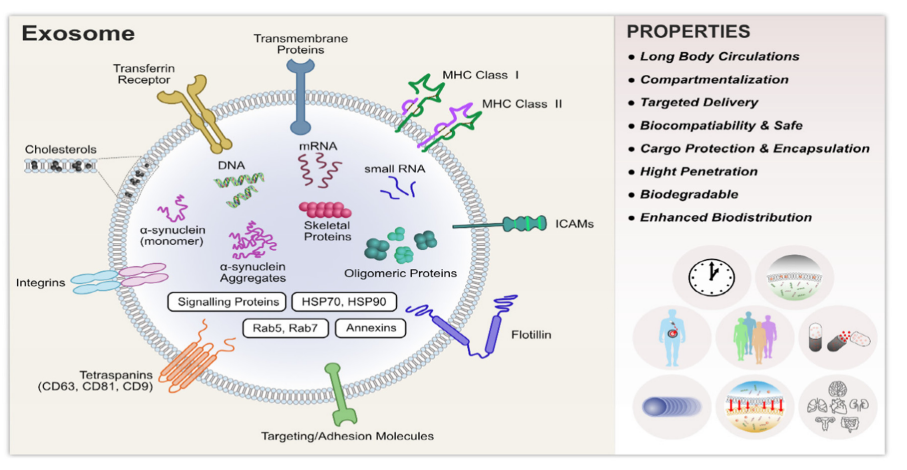 Figure 1. Biomolecules present in exosomes.1
Figure 1. Biomolecules present in exosomes.1
With the development of society and the change of human aesthetic, the scar, facial aging, pigmentation, hair loss and other skin problems are attracting increasing attention. Medical cosmetic intervention is beneficial to change the personal impression and improve mood and self-esteem. Exosomes provide a multifaceted strategy for promoting skin regeneration and repair, whitening, anti-wrinkle, scar fading, promoting hair growth, and treating inflammatory skin diseases (e.g., systemic lupus erythematosus) in skin cosmetology.
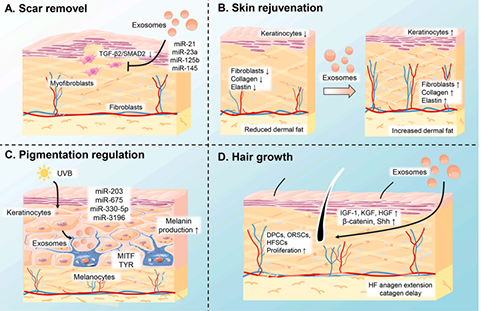 Figure 2. The applications of exosomes in dermatology and cutaneous medical aesthetics.2
Figure 2. The applications of exosomes in dermatology and cutaneous medical aesthetics.2
Onion-derived exosomes have been previously reported to have anti-inflammatory and antioxidant properties. It also prevents skin scarring. As shown in Figure 3, patient A's skin redness significantly improved during the sixth week of treatment with onion-derived exosomes compared to the no-treatment group. Patient B's skin wound scars at the tenth week of treatment were significantly lighter in color and smaller in size than those of the group without the treatment group.
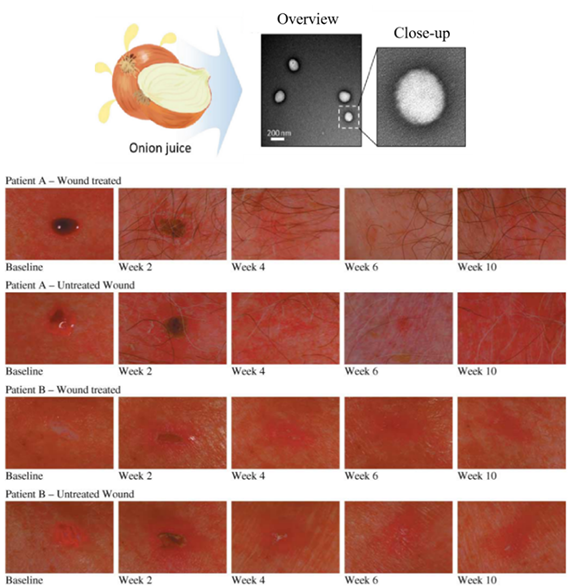 Figure 3. Schematic diagram of skin scar removal by onion exosomes.3
Figure 3. Schematic diagram of skin scar removal by onion exosomes.3
Ginger-derived exosomes contain many active components including proteins, lipids, miRNAs, and specific active ingredients (curcumin and gingerenol). Ginger-derived exosomes have anti-inflammatory, antioxidant and hepatoprotective capacity. It plays an important role in the medical and healthcare industry.
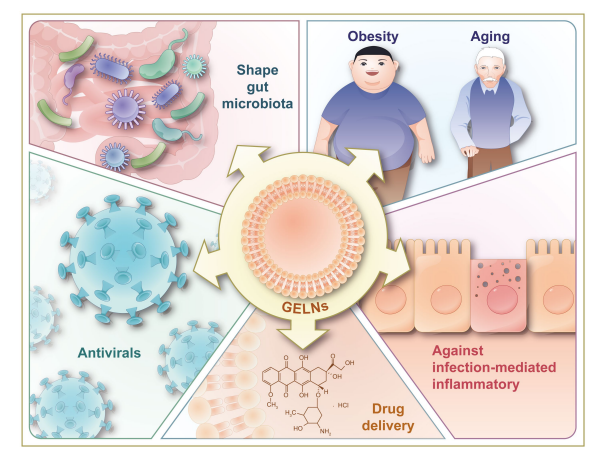 Figure 4. Illustration of therapeutic benefits of GELNs.4
Figure 4. Illustration of therapeutic benefits of GELNs.4
One experiment from alcohol-induced liver damage states that the ginger-derived exosomes mediated activation of nuclear factor erythroid 2-related factor 2 (Nrf2) led to the expression of a group of liver detoxifying/antioxidant genes and inhibited the production of reactive oxygen species, which partially contributes to the liver protection. As shown in Figure 5, indicators of characteristic parameters of liver damage (ALT and ASt) decreased. Histological analysis of the liver revealed accumulation of lipid droplets in the livers of ethanol-fed animals, whereas lipid droplets were remarkably reduced in livers of the mice treated with ginger-derived exosomes (GDN).
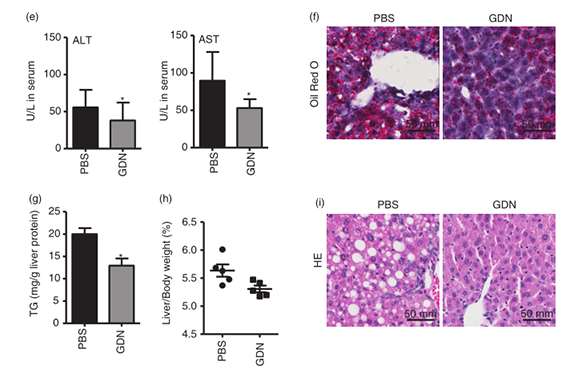 Figure 5. Histologic analysis of the liver treated with ginger-derived exosomes (GDN).5
Figure 5. Histologic analysis of the liver treated with ginger-derived exosomes (GDN).5
A journal report from Cell Host & Microbe states indicated that mice fed ginger-derived exosomes and its miRNAs (GNV/GELN-RNAs) had superior protection against Dextran Sulfate Sodium Salt (DSS)-induced mouse colitis compared with mice fed GNV/scrambled RNA (Figure 6), suggesting that ginger-derived exosomes and its miRNAs have anti-inflammatory effects and can treat colitis in mice. The protective effect on DSS-induced mouse colitis is GELN-RNA specific.
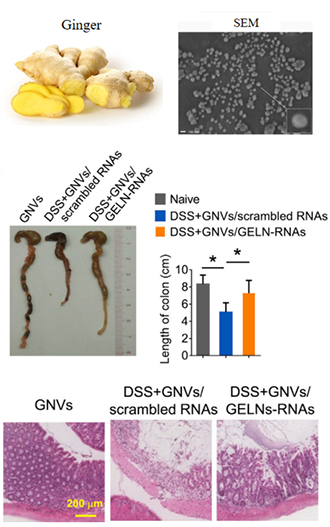 Figure 6. Ginger-derived exosomes for the treatment of colitis.6
Figure 6. Ginger-derived exosomes for the treatment of colitis.6
Garlic-derived exosomes could be used to treat colitis and also improve liver dysfunction.
Both low-Garlic-derived exosomes (L-GEN) and medium-Garlic-derived exosomes (M-GEN) treatments significantly alleviated the pathological damage caused by DSS; goblet cells (red arrows) were more than those of the DSS group; crypt glands (broken black line) could be observed; inflammatory infiltration (blue encircled) was concentrated in the lamina propria and the cells circled in blue have decreased; there was no significantly mixed infiltration and there were less damaged epithelial cells. Exosomes extracted from garlic have been shown to be effective in treating inflammation. (As shown in Figure 7)
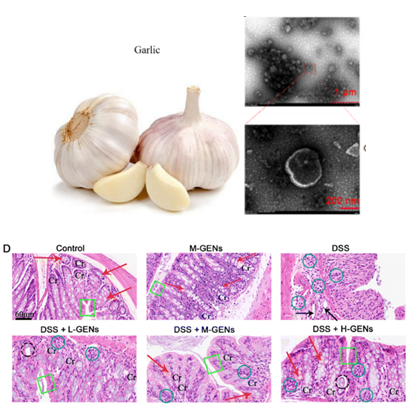 Figure 7. Garlic-derived exosomes for the treatment of inflammation.7
Figure 7. Garlic-derived exosomes for the treatment of inflammation.7
Milk exosomes repair the skin barrier, brighten, moisturize and anti-aging. A study in 2022 noted the potential beneficial effects of bovine milk-derived exosomes on UV-induced aging and damage in three major resident skin cells including keratinocytes, melanocytes, and fibroblasts. The treatment with milk exosomes prevented the UV-induced generation of intracellular reactive oxygen species in epidermal keratinocytes. In UV-stimulated melanocytes, milk exosomes could also significantly reduce the production of the protective skin-darkening pigment melanin, which may help to reduce the risk of excessive melanin formation causing skin hyperpigmentation disorders. (As shown in Figure 8)
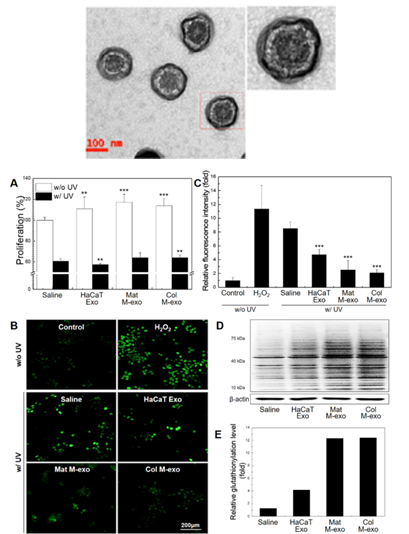 Figure 8. Determination of the antioxidant effect of milk exosomes.8
Figure 8. Determination of the antioxidant effect of milk exosomes.8
Dermal papilla cell-derived exosomes (DPC-Exos) regulate the cellular activities of the follicular dermal and epidermal cells, promoting hair growth and regeneration. A research group established the in vitro culture of the Hair follicles organ and the organ was found to sustain growing status from 0 days to 4 days (Figure 9A). On the contrary, the elongation length of the hair shaft was found to significantly increase with the treatment of DPC-ExosmiR-181a-5p than the control group (Figure 9B).
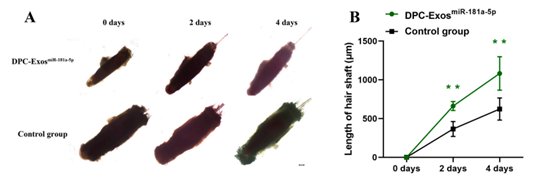 Figure 9. Schematic diagram of exosomes derived from dermal papilla cell to promote hair growth.9
Figure 9. Schematic diagram of exosomes derived from dermal papilla cell to promote hair growth.9
Adipose mensenchymal stem cells exosomes(ASCs-Exos) regulate immune and inflammatory responses. They also promote angiogenesis, accelerate skin cell proliferation and re-epithelialization, regulate collagen remodeling, inhibit scar proliferation and accelerate skin wound healing. As shown in Figure 10, The study shows that ASCs-Exos could be taken up and internalized by fibroblasts to stimulate cell migration, proliferation and collagen synthesis in a dose-dependent manner, with increased genes expression of N-cadherin, cyclin-1, PCNA and collagen I, III. In vivo tracing experiments demonstrated that ASCs-Exos can be recruited to soft tissue wound area in a mouse skin incision model and significantly accelerated cutaneous wound healing.
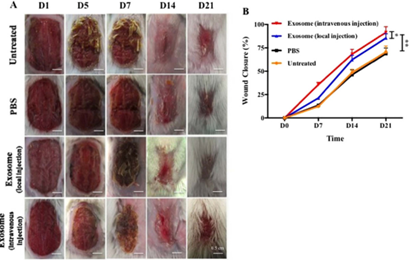 Figure 10. Exosomes secreted by ASC s promote wound healing in mice.10
Figure 10. Exosomes secreted by ASC s promote wound healing in mice.10
Platelet-derived exosomes reduce redness and anti-wrinkles. In 2022 a study on the tolerance and repair of serum-derived exosomes on the skin reported that serum-derived exosomes were able to significantly reduce skin redness and the area of the brown spot fraction was reduced from 0 weeks when measured and followed up over a six-week period. Wrinkles were significantly improved compared to before. (As shown in Figure 11)
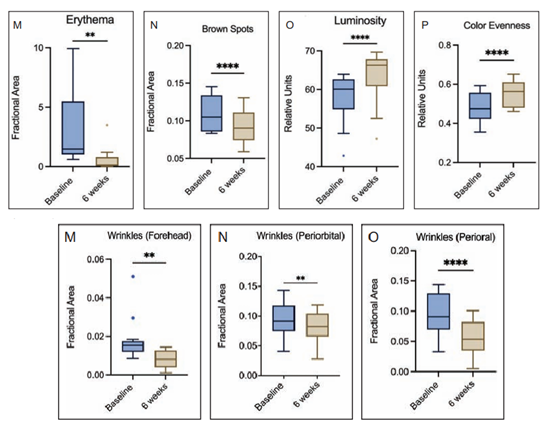 Figure 11. Platelet-derived exosomes for improving skin redness and wrinkles.11
Figure 11. Platelet-derived exosomes for improving skin redness and wrinkles.11
| Catalog | Product Name | Description |
|---|---|---|
| CDE23-001 | EXOMCF7 | Frozen exosomes (>1x10^6) from MCF-7 human breast cancer, noninvasive cell line. |
| CDE23-002 | EXOMDAMB231 | Frozen exosomes (>1x10^6) from MDA-MB-231 human breast cancer, aggressive/invasive/metastatic cell line. |
| CDE23-003 | EXOPC3 | Frozen exosomes (>1x10^6) from PC-3 human prostate cancer cells derived from metastatic cancer cell line. |
| CDE23-004 | EXOA549 | Frozen exosomes (>1x10^6) from A549 human non-small cell lung cancer cell line. |
| CDE23-005 | EXOH841 | Frozen exosomes (>1x10^6) from H841 human small cell lung cancer cell line. |
| CDE23-006 | EXOH196 | Frozen exosomes (>1x10^6) from H196 human small cell lung cancer cell line. |
| CDE23-007 | EXODMS114 | Frozen exosomes (>1x10^6) from DMS114 human small cell lung cancer cell line. |
| CDE23-008 | EXOPCS500-011 | Frozen exosomes (>1x10^6) from PCS-500-011 human pre-adipose derived mesenchymal stem cell. |
| CDE23-009 | EXOPCS500-012 | Frozen exosomes (>1x10^6) from PCS-500-012 human bone marrow-derived mesenchymal stem cell line. |
| CDE23-0010 | EXOBC3 | Frozen exosomes (>1x10^6) from BC-3 Human B lymphocyte cell line. |
| CDE23-031 | EXOMILK | Frozen exosomes (>1x10^6) from Milk. |
| CDE23-032 | EXO293T | Frozen exosomes (>1x10^6) from 293T Cell. |
| CDE23-033 | EXONK CELL | Frozen exosomes (>1x10^6) from NK Cell (Human). |
| CDE23-042 | EXOONION | Frozen exosomes (>1x10^6) from onion juice. |
| CDE23-043 | EXOGINGER | Frozen exosomes (>1x10^6) from ginger. |
| CDE23-044 | EXOGARLIC | Frozen exosomes (>1x10^6) from garlic. |
| CDE23-045 | EXOCELERY | Frozen exosomes (>1x10^6) from celery. |
| CDE23-046 | EXOTOMATO | Frozen exosomes (>1x10^6) from tomato. |
| CDE23-047 | EXOALOE | Frozen exosomes (>1x10^6) from aloe. |
| CDE23-048 | EXOCUCUMBER | Frozen exosomes (>1x10^6) from cucumber. |
| CDE23-049 | EXOPOMEGRANATE | Frozen exosomes (>1x10^6) from pomegranate. |
| CDE23-060 | EXODPC | Frozen exosomes (>1x10^6) from dermal papilla cell. |
| CDE23-061 | EXOPLATELET | Frozen exosomes (>1x10^6) from platelet. |
References
1. Subramanian S, et al.; Therapeutic applications of exosomes in various diseases: A review. Biomaterials Advances. 2022, 134: 112579-112593.
2. Xiong M, et al.; The novel mechanisms and applications of exosomes in dermatology and cutaneous medical aesthetics. Pharmacological Research. 2021, 166: 105490-105504.
3. Draelos MD. The ability of onion extract gel to improve the cosmetic appearance of postsurgical scars. Journal of Cosmetic Dermatology. 2008, 7:101-104.
4. Zhu H, et al.; Ginger: a representative material of herb-derived exosome-like nanoparticles. Frontiers. 2023, 10: 1223349.
5. Zhuang X, et al.; Ginger-derived nanoparticles protect against alcohol-induced liver damage. Journal of Extracellular Vesicles. 2015, 4: 28713.
6. Teng Y, et al.; Plant-derived exosomal microRNAs shape the gut microbiota. Cell Host & Microbe. 2018, 24: 637.
7. Zhu Z, et al.; Garlic-derived exosome-like nanovesicles alleviate dextran sulphate sodium-induced mouse colitis via the TLR4/MyD88/NF-KB pathway and gut microbiota modulation. Food & Founction. 2023, 14: 7520-7534.
8. Han G, et al.; The potential of bovine colostrum-derived exosomes to repair aged and damaged skin cells. Pharmaceutics. 2022, 14: 307.
9. Zhao B, et al.; Exosomal miRNA-181a-5p from the cells of the hair follicle dermal papilla promotes the hair follicle growth and development via the Wnt/β-catenin signaling pathway. International Journal of Biological Macromolecules. 2022, 207, 110-120.
10. Hu L, et al.; Exosomes derived from human adipose mensenchymal stem cells accelerates cutaneous wound healing via optimizing the characteristics of fibroblasts. Scientific Reports. 2016, 6: 32993.
11. Proffer SL, et al.; Efficacy and tolerability of topical platelet exosomes for skin rejuvenation: six-week results. Aesthetic Surgery Journal. 2022, 42(10):1185-1193.
1. Download the template.
2. Enter product information on the template (maximum number of products: 200).
3. Load the file using selector below.
1. Download the template.
2. Enter product information on the template (maximum number of products: 200).
3. Load the file using selector below.